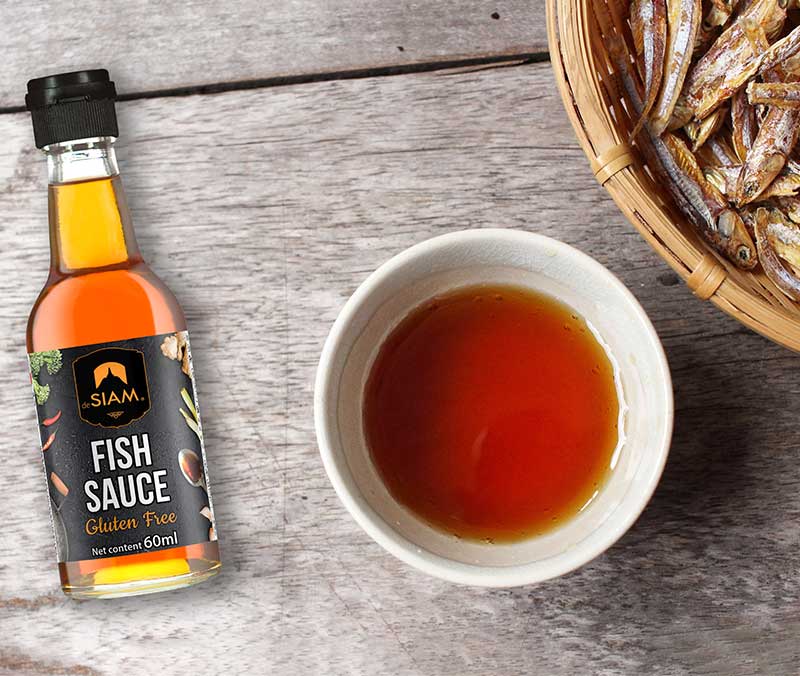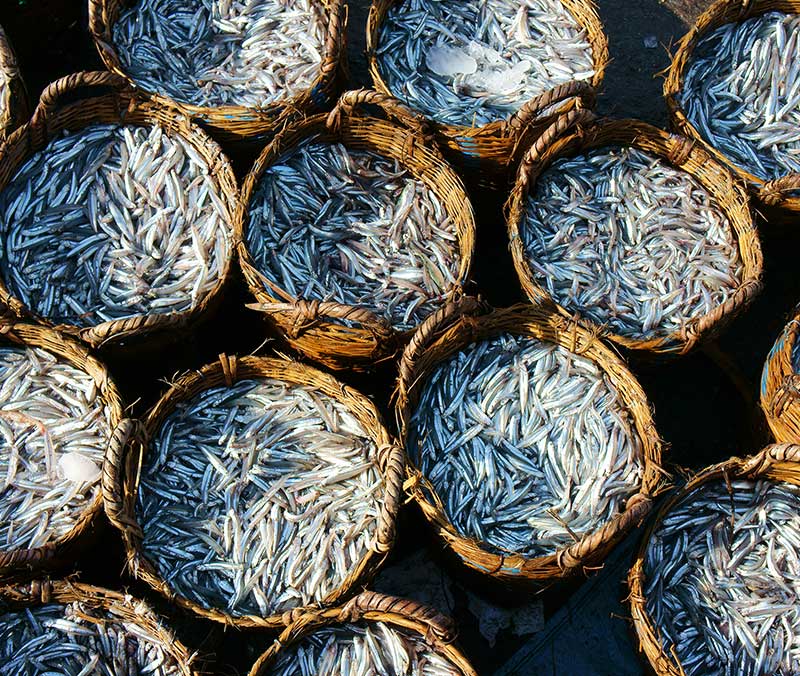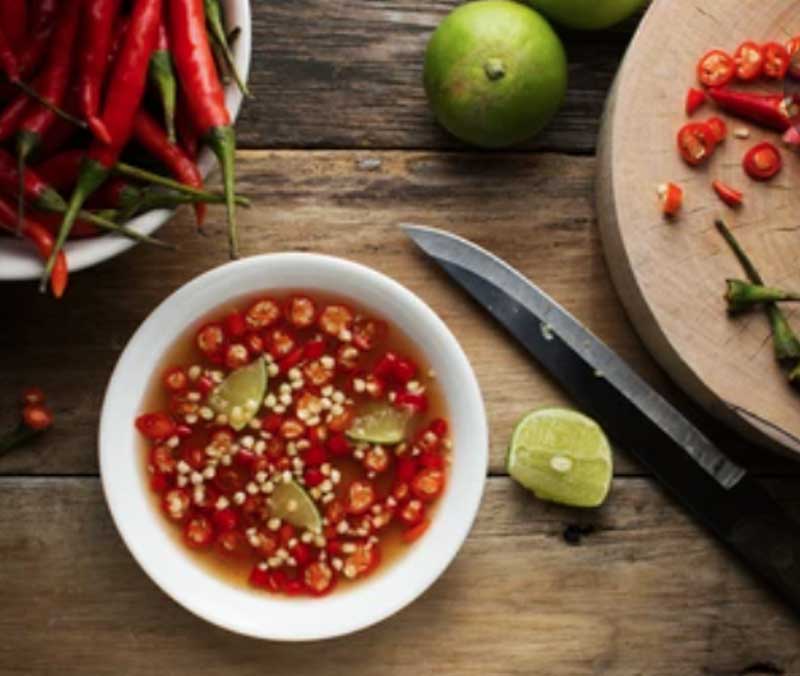My shopping cart
Your cart is currently empty.
Continue Shopping
Every kitchen has its staples.
More often than not, when you’re looking to pack flavor into a Thai dish, the fish sauce will be one of the first ingredients you grab. Thai fish sauce is an unusual condiment: it smells and tastes extremely pungent, but when combined with other ingredients, it blends into a whole, supports other flavours and is unobstructive.
Fish sauce is a central ingredient in Thai cuisine, it is the salty element in the seasoning that balances all savoury dishes.

Fish Sauce or Nahm Pla (น้ำปลา) has a rich, translucent reddish-golden brown color.
It can be pungent at first, but it is guaranteed to pack a punch on most Thai food.
Fish sauce is a typical salty seasoning in Thai cuisine, it is used in Thai dressings, stir-fries, curries and soups.

Fish sauce is made from freshly caught anchovies that are too small for substantial eating.
The anchovies are combined with sea salt and water and the mixture is placed into barrels and left to ferment for a minimum of 1 year.
Fish should be the main flavor that you taste, followed by salt. It shouldn’t be the other way around. It shouldn’t be overly “fishy” and the smell shouldn’t be overwhelmingly off-putting. Some sweetness is okay.

Fish sauce tightens the taste. Too little and the taste will be loose, but too much is too salty. Always add fish sauce gradually, tasting as you do so, in order not to over-salt.
Fish sauce is used as a condiment: in Thailand, it is added to curries, stir-fries and soups customarily. It is also used in most of Thai dressings often combined with coconut sugar and lime juice.

It could be easy to confuse these three sauces because of their briny, saucy similarities, but they are totally different.
Green papaya salad (Som Tam) is an extremely popular dish in Thailand.
It's fresh, and balances all the flavors of sweet, spicy, salty, and sour, to perfection on a single plate.